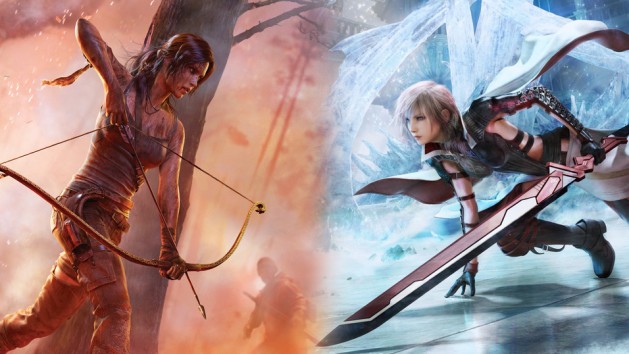
No one can say that the writing in video games hasn’t been evolving nearly as quickly as the technology they use over the last two decades. The Last of Us made us cry, Uncharted kept us on the edge of our seats, and the twists of Bioshock left us reeling. Telltale Games is a wildly successful video game developer built upon creating games that tell as much story as possible with the gameplay comprising only of the choices the player makes to affect that story. There has never been a better time for video game storytelling. And yet . . . there are other games which think the level of writing used twenty years ago is still acceptable.
The crux of this argument is one of two concepts that good writers and bad writers have been battling over for years. Archetypes vs. Stereotypes.
An archetype is a recurring motif in literature that represents a universal pattern in human nature. If that sounded a little too much like an obnoxious first year English major for you, then think of archetypes as models that a writer builds from. There are certain stories that we find repeated across history in various cultures that have never met one another. The Chosen One, The Simple-minded Sidekick, and The Heroe’s Journey are all classic archetypes. Writers use these because people are easily able to relate to and understand these elements in stories no matter their background. An archetype is where the good writer begins before filling in all the details that make a character.
Then there is the evil twin brother of the archetype, the stereotype. A stereotype is a set of generalized traits used to make an oversimplified version of a character. The Aggressive Black Guy and The Helpless Female are examples of two particularly notorious video game stereotypes, but there are others that showcase just as poor writing if not as much controversy. A stereotype is where a particularly bad or lazy writer has decided to use society’s perceptions as a character rather than creating one. While an archetype is the beginning of a character, the stereotype is the ending.
Now with that straightened out, let’s look back to video games and see where some games have used the Archetype to build full grown characters and where others have settled simply for a Stereotype.
The Gruff Space Marine
I’m sure we’re all familiar with this character archetype as it is the staple go-to protagonists for any (all?) sci-fi first person shooters. The Gruff Space Marine is exactly what he sounds like, your classic rough and tough action hero who does battle on behalf of our future space navy. This archetype truly began with the release of Doom in 1993 with a character that gamers for years have only referred to as “Doom Guy”. While he lacks literally any personality trait besides mass murder-y, ironically Doom Guy is not really a generic stereotype but rather an archetype that was never given any other features. However, if you’re looking for a fully-developed character that was grown from this archetype . . .
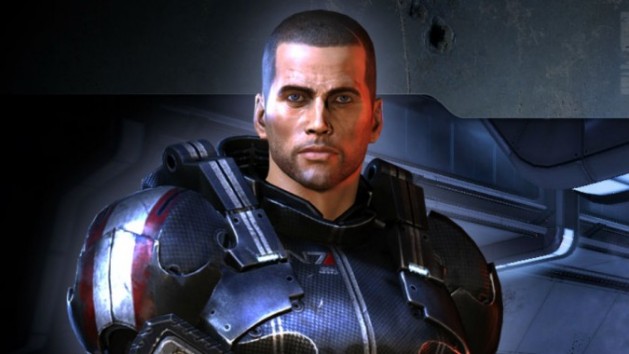
Archetype: Commander Shepard
Commander Shepard of the Mass Effect series is an excellent character no matter what genitalia you decided to slap on him/her at character creation. Shephard is a Gruff Space Marine who is ready to unleash untold levels of violence to save his/her galaxy. But he/she also cares deeply for a crew that he/she slowly accumulates over the series to the point that many of them grow to be like an adopted family. Yet what most defines Shepard is his/her ability to make the hard choices, to weigh the lives dependant on his/her decision and continue the good fight in spite of and because of any regrets he/she may have.
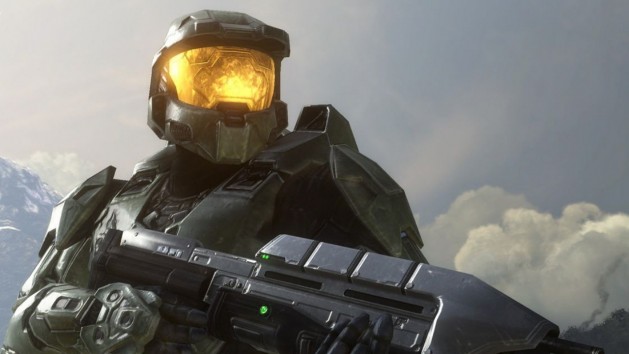
Stereotype: Master Cheif
Master Cheif and the Halo games may be the single most influential shooters since Doom, but that doesn’t make Cheif into a good character. The Halo series is filled with some great writing, but little of that touches on its protagonist. Almost entirely silent, reserved, and all rough edges, Cheif only opens his mouth to deliver one-liners in a cool dispassionate tone. Any personality that Cheif has under that armor is likely only the reflected light of one of the best characters in video gaming, his A.I. sidekick Cortana.
The Evil Corporation
The evil corporation is a concept that became popular after entering the post-trust era of business when a number of high-level scandals in corporations on and off Wall Street left consumers unable to place their trust in large economic powers. Evil corporations in video games are always viewing human lives as expendable, brokering deals with demons or aliens in order to make profits, or tampering around with the latest bioweapon/nuclear research that inevitably is released upon an unsuspecting public.
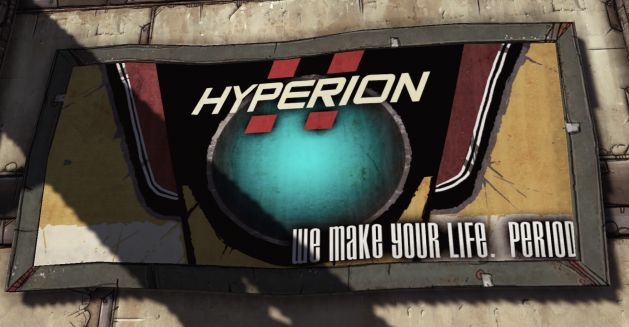
Archetype: Hyperion Company
While the Hyperion Company of the Borderlands series started off as your run of the mill level of incorporated naughtiness with its condescension and exploitation of the people of wasteland planet Pandora, the character of the company has grown with each successive spin-off of the series. More than just your average arms peddler, Hyperion has a rather wild west style of management, especially on the far-flung fringe franchises (say that three times fast) like the one orbiting Pandora. Board meetings and power struggles play out much like a much more incompetent and hilarious version of Game of Thrones, showcasing how Hyperion cares as much about its philosophy of survival of the fittest as it does the bottom line.
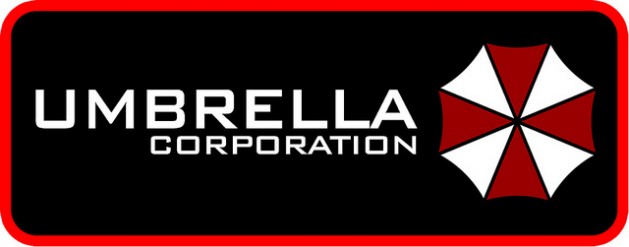
Stereotype: Umbrella Company
The oldest evil corporation is also the most boring-est. To be fair, Resident Evil‘s zombie and bio-weapon creating conglomerate was created before the trope had been beaten to death by those looking to imitate it, but even recent releases of the series have done little to add any depth to the company. Umbrella makes zombies and does horrible experiments on people. Why? Because profits. But how? Science . . . and money. Yes, but who would want to buy this, and what’s the profit margin for your multi-billion research? Uhhh . . .
The Child that Must Be Protected
Usually the character in question is the key element on which the plot hinges. They possess some mysterious power or political value that the Evil Corporation (see above) or the Ancient Evil (see below) is eager to use in their machinations. The Child that Must Be Protected inevitably finds a defender in the protagonist since they cannot protect themselves, and they are equally inevitably captured by the bad guys in the third act despite your best efforts leading to a final suicide mission to save both The Child and the world.
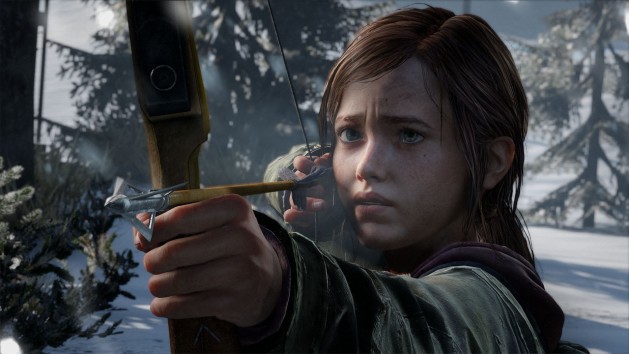
Archetype: Ellie
Ellie from The Last of Us can be called with zero exaggeration a spit in the face of The Child that Must Be Protected stereotype. While she does have a special power, immunity to the zombie infection that has destroyed the world, and is in need of protection by protagonist Joel, Ellie just as often saves Joel’s life and throughout the game grows to become more and more self-sufficient. While the vast majority of this archetype are near incapable of even making an attempt at preserving their existence, Ellie demonstrates that while she needs Joel’s help sometimes, she’ll never just lay down and die.
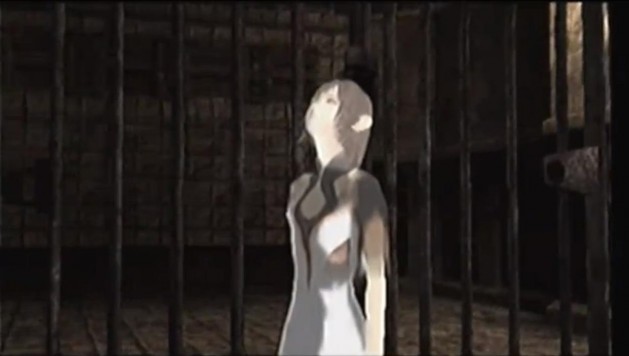
Stereotype: Yorda
Ugh. If there could ever be a video game character less deserving of the title “character” it is Yorda from Ico. A princess locked away in a castle by an evil queen, she is rescued from her imprisonment by the titular Ico. The two navigate the castle and fight off their shadowy pursuers while looking for a means of escape. However Yorda is so helpless that she cannot even move without Ico taking her by the hand and leading her. What’s more, she speaks a different language than Ico (and thus the player), so anytime she attempts to contribute anything to aid in her own rescue it is all effectively meaningless nonsense. Yorda is a game mechanic dressed up to look like a character, but she isn’t fooling anyone.
The Strong, Independent Woman
This archetype should speak for itself, though it is woefully underrepresented. The Strong, Independent Woman in an ideal world wouldn’t need those two adjectives in front of it, but due to generations of misogyny we are only now leaving in which women were written as weak and dependant, the descriptors are necessary. The biggest trap that many writers fall into while trying to write good Strong, Independent Women is that they tend to end up writing men who just happen to have breasts. Writing a Strong, Independent Woman who still has a feminine mindset is more difficult than it sounds, especially for male writers. Because of that, whenever when one is created it deserves all the more exultation.
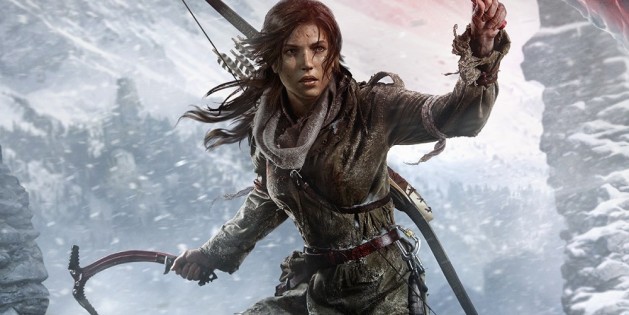
Archetype: Lara Croft (reboot)
Lara Croft of the Tomb Raider franchise could have been considered a Strong, Independent Woman in her original incarnation, but the over-sexualization of her character kind of spoiled the effect. The 2013 reboot however brings Lara into the modern day including three-dimensional character development. She is a fighter, she never gives in, but she still exudes an air of vulnerability and at times naiveté that she begins to grow out of through the course of the game. Lara Croft is easily one of the most interesting, well-developed characters in video gaming whose journey, both emotional and physical, is incredibly rewarding to participate in.
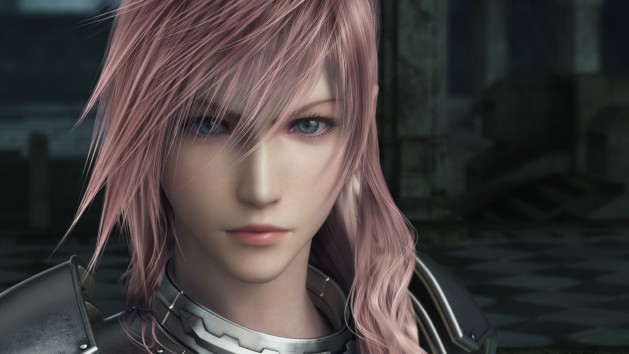
Stereotype: Lightning
Possibly the most unbearable female character ever written, Lightning of the Final Fantasy XII trilogy is mean, brash, and insufferably stubborn. Writers pay attention, this is how not to make a likable protagonist much less a strong female character. A character can be strong without being rude. Characters can be independent without mistreating those around them. Lightning regularly endangers her companions for reasons that are only half-specified and seem largely to deal with her ego. It feels like this shouldn’t need to be said, but a strong woman doesn’t mean she has to be a bitch.
The Ancient Evil
This archetype is so ingrained in all of us it needs almost no introduction. Something evil – a demon, a god, some weather phenomenon, it really doesn’t matter – that was sealed away/defeated long ago is returning to the world to complete whatever evil plan was foiled last time. While this archetype is easily accepted by audiences, it has been used so many times before (literally for thousands of years) that finding any way to add new depth or character to it is quite difficult. Particularly when one of the usual aspects of the Ancient Evil it that is it not well understood or purposely ill-defined to add an air of mystery and fear of the unknown to its menace.
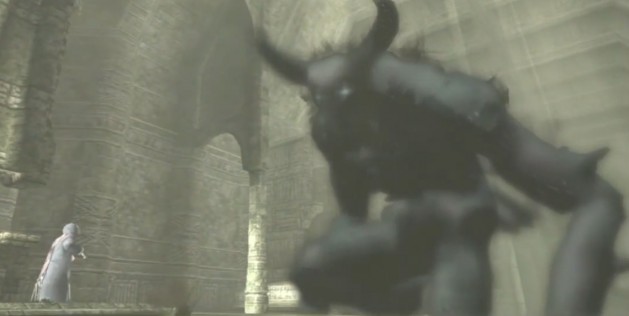
Archetype: Dormin
When Wander, the protagonist of Shadow of the Colossus, breaches the Forbidden Land in order to restore life to the girl Mono, the being he meets withing is Dormin. At first only a voice, Dormin and Wander strike a deal. If Wander can slay the 16 colossi that traverse these lands, Dormin will revive Mono. Ultimately Dormin is revealed to be a dark god manipulating Wander to release it from its prison, and yet at no point does Dormin lie, deceive, or trick Wander. Though Wander is slowly corrupted into a vessel for Dormin’s rebirth, a by-product of killing the colossi conveniently enough for Dormin, Dormin honors their deal and does bring Mono back to life. Though not an incredibly fleshed out character, Dormin is a powerful, enigmatic, but by far one of the least overtly evil Ancient Evils in video games, showing that there is still room to innovate even this ancient archetype.
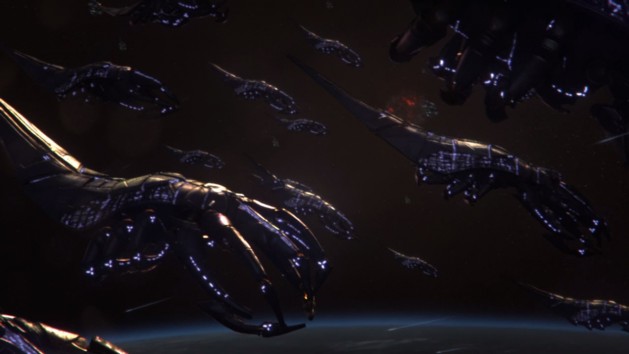
Stereotype: The Reapers
Let’s be clear here, science fiction and Ancient Evil never blend well. Such is the case in the Mass Effect series where The Reapers, Cthulhu-esque machine gods hidden in the darkness between galaxies, are an Ancient Evil that arrives every fifty thousand years to gobble up the more evolved races of the galaxy for vague reasons. The Reapers have more powerful technology than any current race, they vastly outnumber our fleets, and have the ability to mind control any organic or synthetic race into being their ground troops. Which is awesome and scary and sci-fi . . . until the writer realizes they have written themselves into a corner. There is no conceivable way to defeat these beings, and so the writer is forced to insert a deus ex machina Get Out of Jail Free Card so that the good guys can win. Insert unsatisfactory ending. Roll credits.


